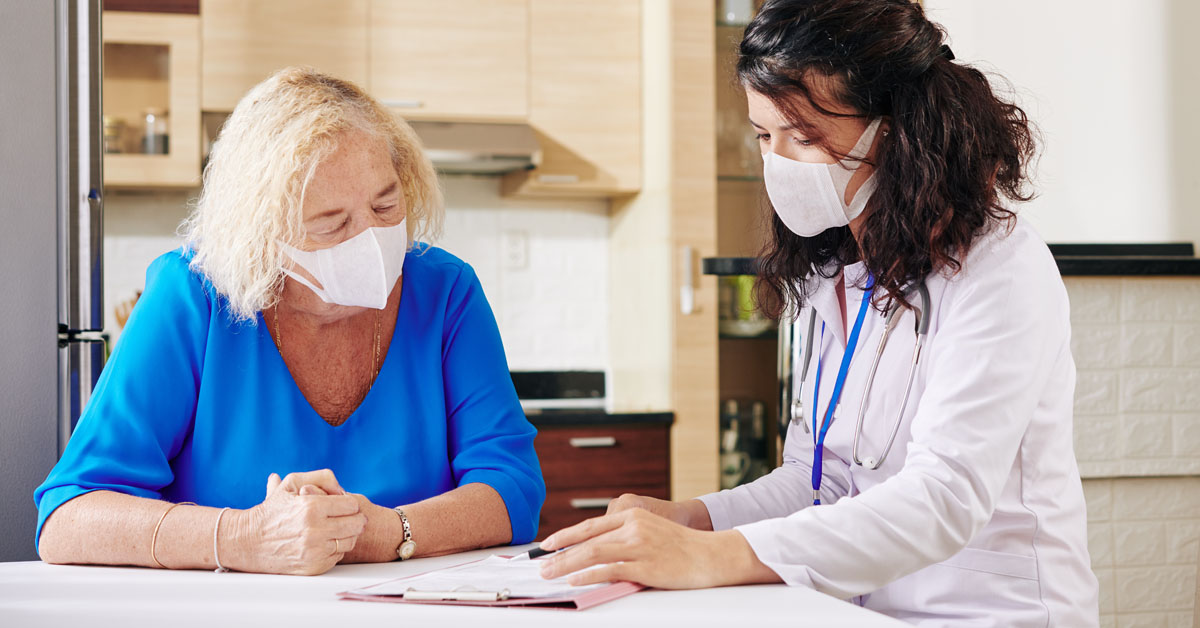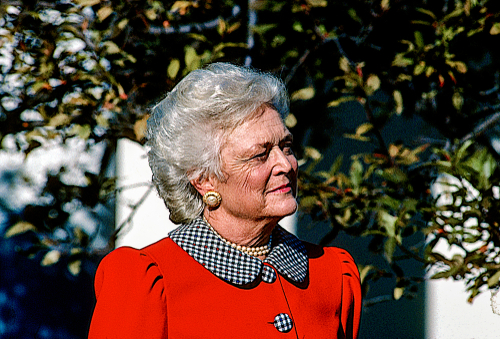
New Report: What Percentage of Americans Receive Hospice?
A report just published in the Journal of the American Geriatrics Society estimates that every day in America roughly 2,700 people experience non-sudden deaths without the benefits of hospice.1 Dr. John Cagle and colleagues put U.S. hospice utilization at 52.4%. They qualify this as underutilization.
Why is Hospice Utilization Important?
Researchers, healthcare providers, and policy planners routinely track hospice utilization. They want to ensure that the use of hospice is in keeping with patient wishes and is as high as possible. This is to maximize the benefits hospice offers to patients, families, and society.
- Hospice improves mental health.
- Hospice does a better job of keeping patients comfortable.2
- Hospice decreases strain on family caregivers.
- Hospice improves survival time.
- Patients at home with hospice live longer than patients in the hospital with palliative care.
- Medicare pays 100% for hospice which includes home nursing, related supplies, related meds, and related equipment. This decreases the financial burden on families.
- People who enroll in hospice save Medicare about $8,600 per person. The savings could be triple this number. The average person receiving hospice is enrolled for 11 days. However, people who have hospice for 58 days or longer save closer to $26,000 per person.3
It’s not just the percentage of people who receive hospice. It’s also the length of time in hospice. The earlier a patient receives hospice, the greater the patient’s comfort, the better the mental health, the longer the survival time, the greater the satisfaction, and the lower the healthcare costs.
How Many People Should Receive Hospice?
Seven in ten Americans would prefer to die at home, but less than a third of Americans have this wish fulfilled. Home hospice better prepares families to have a comfortable and dignified death at home. A higher hospice utilization, closer to 70%, would seem more in keeping with patient wishes.
Who is Receiving Hospice and Who is Not?
In the current study by Cagle et al. differences between groups were observed. Most notable was the difference between cancer and non-cancer diagnoses. Seventy percent of people with cancer received hospice, while only 45.4% of people with non-cancer diagnoses received hospice. According to this data, the greatest area for improved hospice utilization continues to be non-cancer diagnoses.
Additionally, people who were older, female, or more educated proved more likely to get hospice. Of the three, being female was most strongly associated with hospice utilization.
References:
- Cagle JG, Lee J, Ornstein KA, Guralnik JM. Hospice Utilization in the United States: A Prospective Cohort Study Comparing Cancer and Noncancer Deaths. J Am Geriatr Soc. 2019 Dec 27.
- Gill T, Han L, Leo-Summers L, et al. Distressing symptoms, disability, and hospice services at the end of life: prospective cohort study. J Am Geriatr Soc. 2017; http://onlinelibrary.wiley.com/doi/10.1111/jgs.15041/epdf.
- Taylor D, Ostermann J, Van Houtven C, et al. What length of hospice use maximizes reduction in medical expenditures near death in the US Medicare program? Social Science & Medicine. 2007; 1466-1478.





